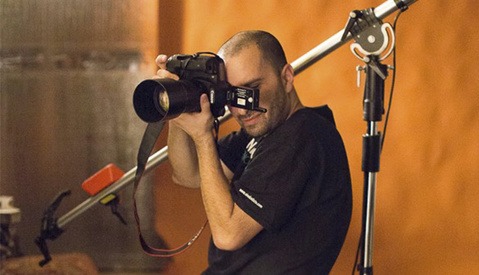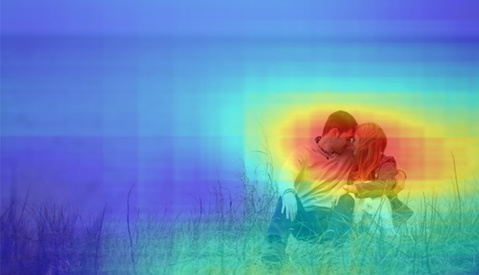Ten Things You Should Do When You Have a New Camera
Was the holiday season good to you? Are you blissfully cradling a brand new camera? Before you run out and start firing frames, be sure to check this list to make sure you and your camera are in top shape.




















